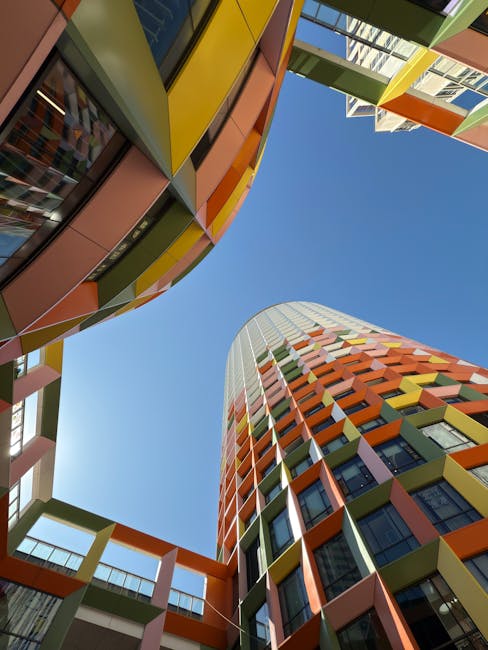Why Urban Planning Courses Shape Better Cities
The Foundation of Livable Spaces
Urban planning courses serve as the cornerstone for creating cities that are not only functional but also vibrant and sustainable. These programs equip future planners with the knowledge to design spaces that balance economic growth, environmental stewardship, and social equity. By studying zoning laws, transportation networks, and public infrastructure, students learn how to craft urban environments that enhance quality of life. A well-planned city reduces congestion, fosters community engagement, and ensures access to essential services—proving that thoughtful design is key to urban prosperity.
Bridging the Gap Between Theory and Practice
One of the greatest strengths of urban planning education is its emphasis on real-world application. Through case studies, internships, and collaborative projects, students tackle challenges like affordable housing shortages, climate resilience, and smart city technologies. Courses often incorporate data analysis and geographic information systems (GIS), enabling planners to make informed decisions. This hands-on approach ensures graduates enter the workforce ready to transform theoretical concepts into tangible improvements—turning underutilized spaces into parks, optimizing public transit, or revitalizing neglected neighborhoods.
Cultivating Inclusive and Sustainable Futures
Modern urban planning curricula prioritize inclusivity and sustainability, addressing the urgent need for cities that serve all residents. Topics like equitable development, green building standards, and disaster preparedness teach students to mitigate urban sprawl, reduce carbon footprints, and protect vulnerable populations. By integrating community feedback into planning processes, future leaders learn to design cities that reflect diverse needs rather than top-down mandates. The result? Urban spaces that are not only efficient but also just, resilient, and adaptable to future challenges.
Conclusion: Investing in Tomorrow’s Cities
Urban planning courses do more than teach technical skills—they cultivate visionaries who can reimagine the fabric of our cities. As urbanization accelerates globally, the demand for skilled planners will only grow. Whether through creating pedestrian-friendly streets, preserving cultural heritage, or harnessing renewable energy, these professionals hold the blueprint for better cities. By investing in urban planning education, we invest in sustainable, inclusive, and thriving urban futures for generations to come.

